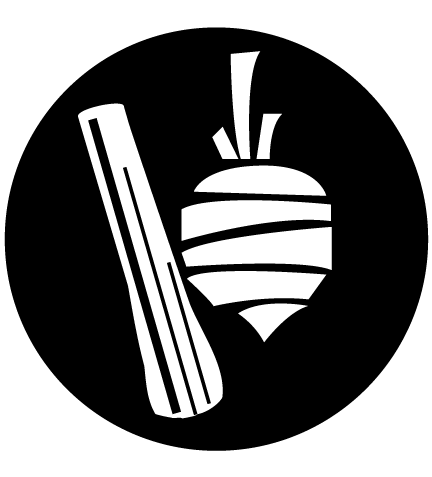Jazz Band, Day 1
/This is the first of multiple posts about teaching students to play jazz music.
I had few resources the first year I taught jazz band. I bought a couple easy charts, we played them once a week, and then the group performed once. Students had a great time, but I realized that I needed a more structured approach to teaching jazz style, technique, how to listen, and how to improvise. Before the next year, I picked up a book (I'll do a review later), but more importantly, I thought about how I wanted to describe jazz to students from the very first day.
Learning Jazz, I tell students, is just like learning a new language. [I am certainly not the first to think or explain jazz this way, but I haven't seen enough people teach jazz from the beginning to know whether or not the analogy is used frequently in practice.] If you are trying to learn to speak Spanish, the most important thing is to use your ears. No matter how many much vocabulary you know, no matter how many verbs you can conjugate, it is listening and repeating what you hear that will make you speak correctly. So, day 1 of jazz band is all about repeating after me.
I continue the analogy of jazz to language through the whole first meeting and then sprinkle it into almost every rehearsal thereafter. I have the students repeat words and phrases after me, trying to match pronunciation and emphasis, and then I have them do the same thing with their instruments. Oftentimes when we do repeat after me in concert band, I'm more focused on correct pitch and rhythm, but my hope in jazz is to hear matching articulation, note lengths, and swing style. As students focus solely on listening and repeating, they internalize the things I play and want them to hear.
With this foundation in place, I'll move on next time to discussing how I approach jazz improvisation.




